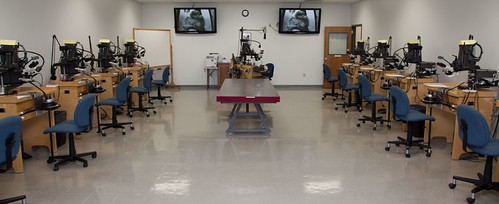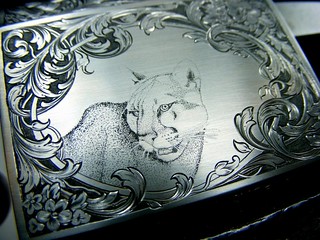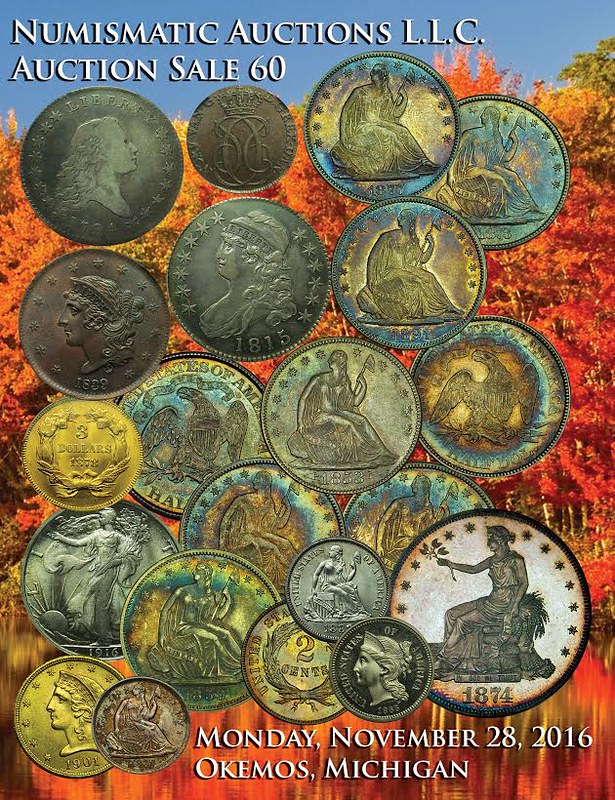
PREV ARTICLE
NEXT ARTICLE
FULL ISSUE
PREV FULL ISSUE
AN AMERICAN SCHOOL OF ENGRAVINGDick Johnson submitted these notes on how engravers learn their craft. Thanks! -Editor
The article on a School of Engraving in Europe in last week's E-Sylum prompts these comments. To numismatists the word "engraving" means only one thing, engraving dies to strike coins, medals, tokens. In fact there are three kinds of engraving. The most common engraving is line engraving -- or surface engraving -- what is needed for printers' plates, to print currency, bonds, the technique for prints and for other uses. Line engraving, also called “flat engraving” is in contrast to die engraving -- or relief engraving -- what is needed for dies to strike coins, medals, and tokens. To create dies an engraver is required to create the modulated relief which forms the depth of the design in the die, or the height of relief. While line engraving is two dimension, die engraving is three dimensions. It is, of course, more difficult. So how do engravers learn their craft? For the most part it is on the job training. An attempt to train young artists who wished to create coins and medals, Victor D. Brenner, in 1901, conducted a class at Cooper Union in New York City. He had just returned from a second trip to Paris, where he had studied with Louis Oscar Roty and others, and some at the Paris Mint. He had mastered the craft with training by the best medallists in the world at that time. Brenner wanted to train others in the craft in America. Unfortunately we know of only one student in this class. If there were others none rose to prominence. His class was cancelled after this first year. Later in the 20th century Americans who wanted such training had to go to Europe. The only school of this kind there was at the Italian national Mint in Rome, the Zecca di Stato which began such training in 1907. The most famous American alumnae of Zecca Mint training was Elizabeth Jones, who, of course is noted for becoming the Chief Engraver at the U.S. Mint. Only three other Americans are known to have studied there, Virginia Janssen and Gary Eriksen (one of the founders of the American Medallic Sculpture Association). Neither of which are currently active. The third is Amanullah Haiderzad, who was an engraver at the Afghanistan Mint before he immigrated to America.  There is a unique American training center for engravers, very active, whose students are mainly trained for the jewelry industry, GRS in Emporia, Kansas. GRS students not only train to be jewelry engravers and gem setters, they also train for another somewhat of a cottage industry for engraving firearms for which there is a large demand for such on expensive pieces.. All this, again, is line engraving or surface engraving. GRS also sells the tools and equipment for the engraver, burins, vises, microscopes, anything used in the craft. The most prominent student, well known in the numismatic field, is Ron Landis of Gallery Mint in Arkansas, who has high praise for GRS. Ron's skills, however, extend far beyond the line engraving taught at GRS. Known for his Hobo nickel creations, he can engrave dies just as well as surface engraving as evident by hundreds of both flat and relief kinds. Ron is one of the few such hand engravers in America today. Franklin Mint, which commissioned over 150 medallic artists for their medallic productions, found only one such hand engraver.  Now the third kind of engraving is little known in the numismatic field, bulino engraving. It is composed entirely of dots and by placing these near each other forms shading. It is used in the graphic arts and has no application to glyptic art necessary for die engraving. If you wish to learn more about this type of engraving go to Adone Galleries. Here you will find illustrations of both line engraving and bulino engraving, in addition to a broad number of engraving tools: http://www.engravingarts.com/ To read the earlier E-Sylum article, see:  Wayne Homren, Editor The Numismatic Bibliomania Society is a non-profit organization promoting numismatic literature. See our web site at coinbooks.org. To submit items for publication in The E-Sylum, write to the Editor at this address: whomren@gmail.com To subscribe go to: https://my.binhost.com/lists/listinfo/esylum All Rights Reserved. NBS Home Page Contact the NBS webmaster 
|